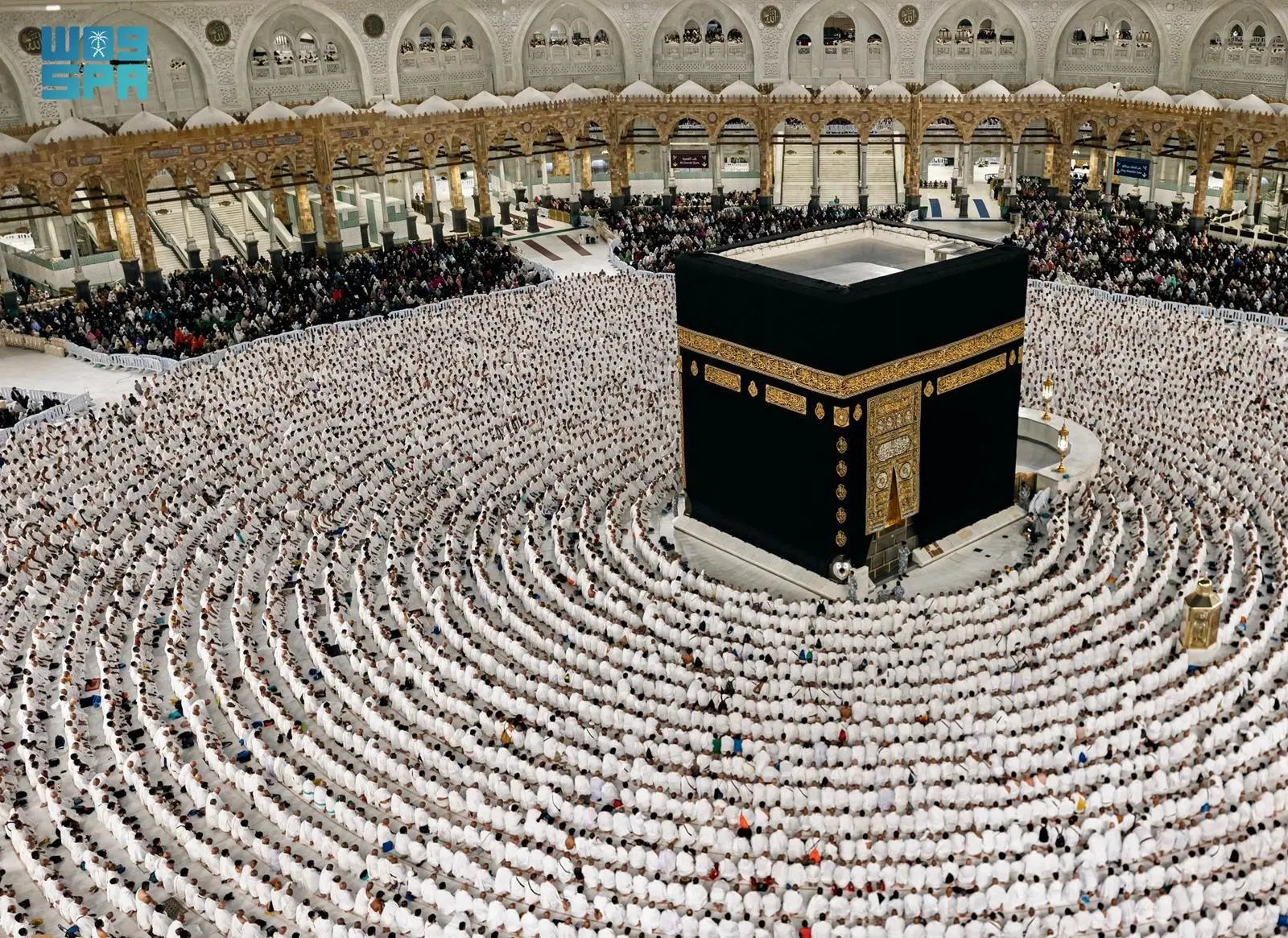In a striking testament to unwavering devotion, the Ministry of Hajj and Umrah has revealed that over 52 million worshippers visited the sacred precincts of the Two Holy Mosques—Masjid al‑Haram in Makkah and the Prophet’s Mosque in Madinah—during Safar 1447. This extraordinary figure underscores the growing spiritual magnetism of these hallowed sites and reflects the Kingdom’s heightened capacity to serve an ever-swelling stream of pilgrims with efficiency and care.
The Ministry’s announcement paints a striking scene: multitudes converging from diverse corners of the globe, drawn by faith and guided by policy reforms. Strategic enhancements in visa facilitation, pilgrim logistics, and service delivery appear to have played a vital role in enabling such mass movement. The rollout and optimisation of electronic Umrah visas, streamlined entry systems across air, land and sea checkpoints, and strengthened coordination between agencies have collectively smoothed the journey of believers to the Two Holy Mosques.
Authorities also ramped up on-ground support—transport networks, digital crowd management tools, multilingual guidance services, and expanded ablution and prayer areas—all contributed to ensuring that spiritual focus remained undistracted by operational hurdles. While the Ministry stopped short of releasing facility‑specific breakdowns, it emphasised that the record figure is a product of deliberate planning and digital transformation in line with broader Vision 2030 goals.
Indeed, this surge comes on the heels of similar impressive performance in Muharram 1447, when over 60 million worshippers visited the Grand Mosque and the Prophet’s Mosque combined
Such consecutive high‑volume months point to a sustained momentum in religious tourism and pilgrim engagement—not merely seasonal spikes.
In sum, the more‑than‑52‑million figure for Safar 1447 is not just a statistic—it’s a narrative of faith amplified by modernisation, one where spiritual longing and administrative innovation walked hand in hand. It reflects both the devotion that drives pilgrims to journey, and the Kingdom’s commitment to enhancing their sacred experience.

